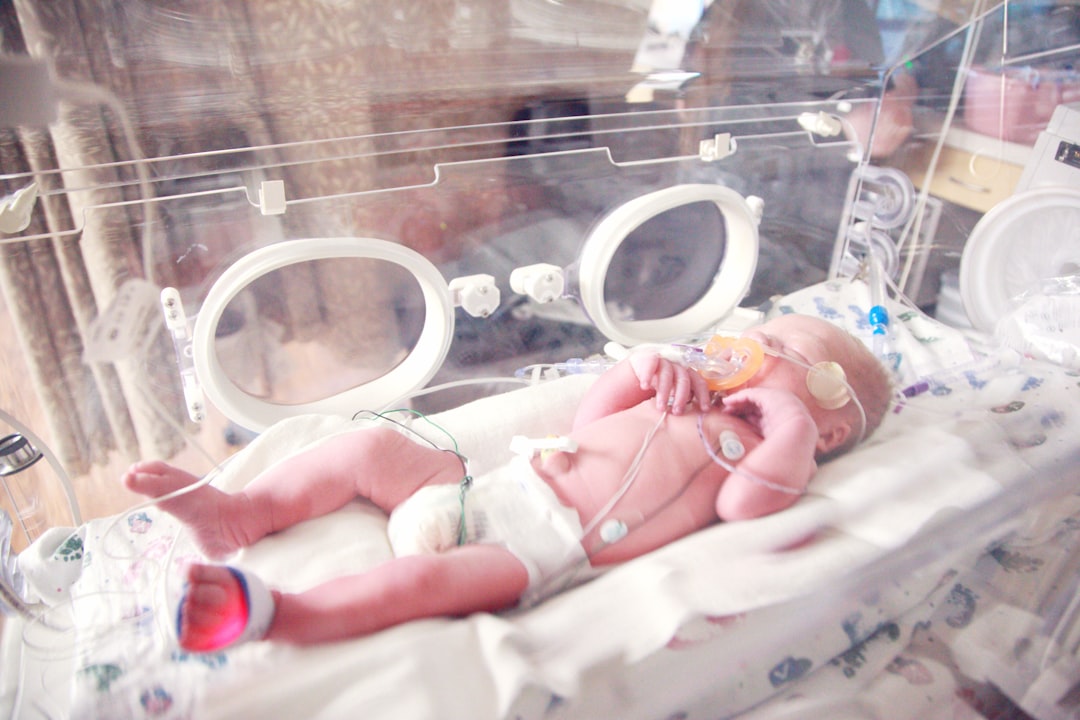What is it about?
The fight-or-flight response by our body is mediated through the sympathetic arm of autonomic nervous system, which increases heart rate and blood flow to the extremities. Whereas, parasympathetic arm of the autonomic nervous system acts like a brake to sympathetic response when the stressful condition is over. However, long term and persistent activation of sympathetic response and/ or reduced parasympathetic response has been seen to be associated with increased risk of heart diseases. Heart rate variability (HRV) is a beat-to-beat variation in consecutive heart beats and is a marker of autonomic nervous system imbalance. Low heart rate variability reflects higher sympathetic drive and/ or lower parasympathetic drive. It is easily measured through resting ECG in the physician's office or through wearable devices like Apple Watch and FitBit.
Featured Image

Photo by Towfiqu barbhuiya on Unsplash
Why is it important?
Our study found that low heart rate variability measured through 12-lead ECG was associated with an elevated risk of heart failure in post-menopausal women in a Women’s Health Initiative study cohort. Women in particular are prone to develop heart failure with preserved ejection fraction (HFpEF) in their post-menopausal age compared to men. Our study showed that low heart rate variability was associated with HFpEF subtype of heart failure.
Perspectives
Given the increasing prevalence of heart failure in growing older population, preventive measures are required for early detection and intervention to reduce the morbidity and mortality associated with heart failure. Whether interventions to improve heart rate variability through HRV-biofeedback, deep breathing exercises or healthy lifestyle changes will reduce heart failure risk requires further investigation.
Muhammad Baig
Brown University
Read the Original
This page is a summary of: Heart rate variability and the risk of heart failure and its subtypes in post-menopausal women: The Women’s Health Initiative study, PLoS ONE, October 2022, PLOS,
DOI: 10.1371/journal.pone.0276585.
You can read the full text:
Contributors
The following have contributed to this page










